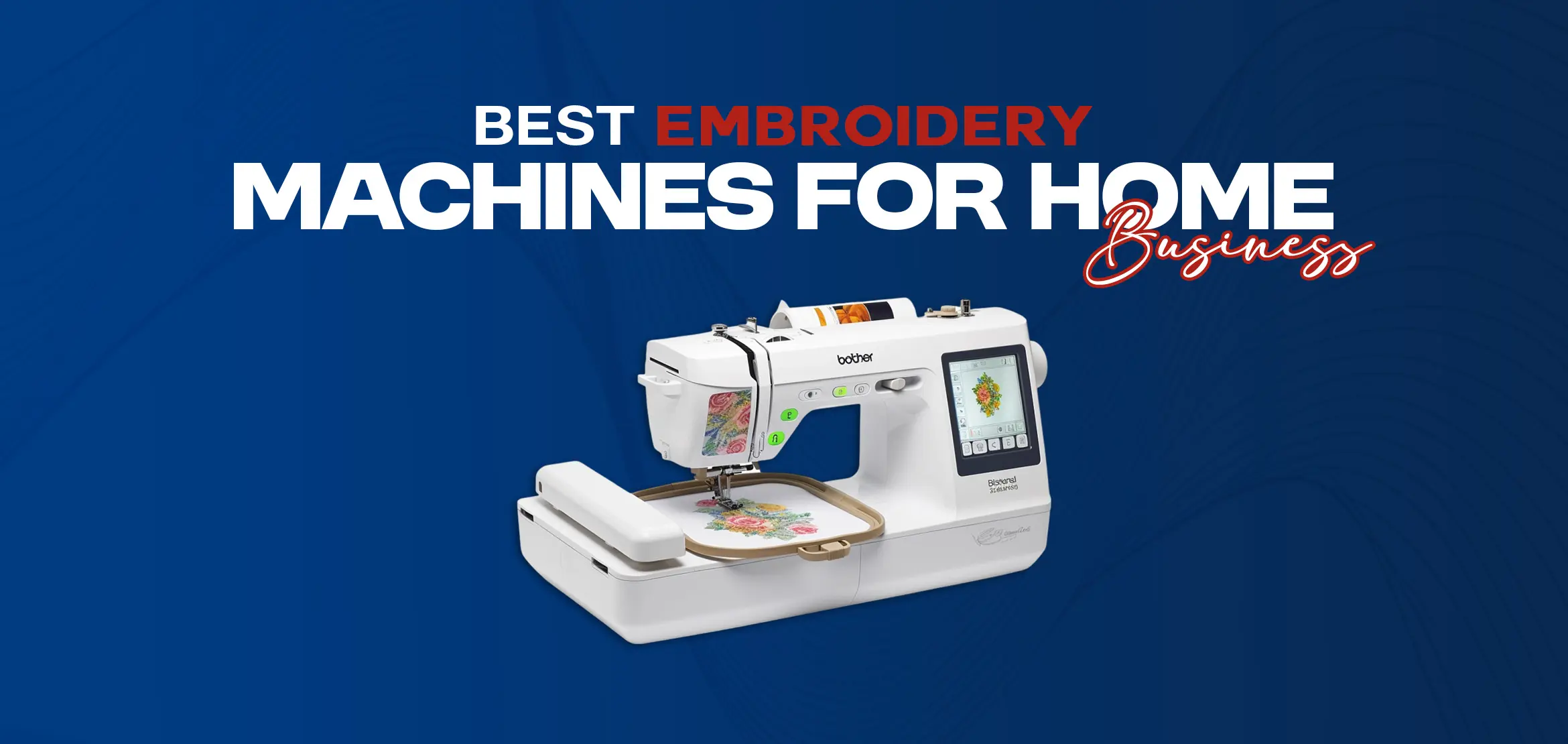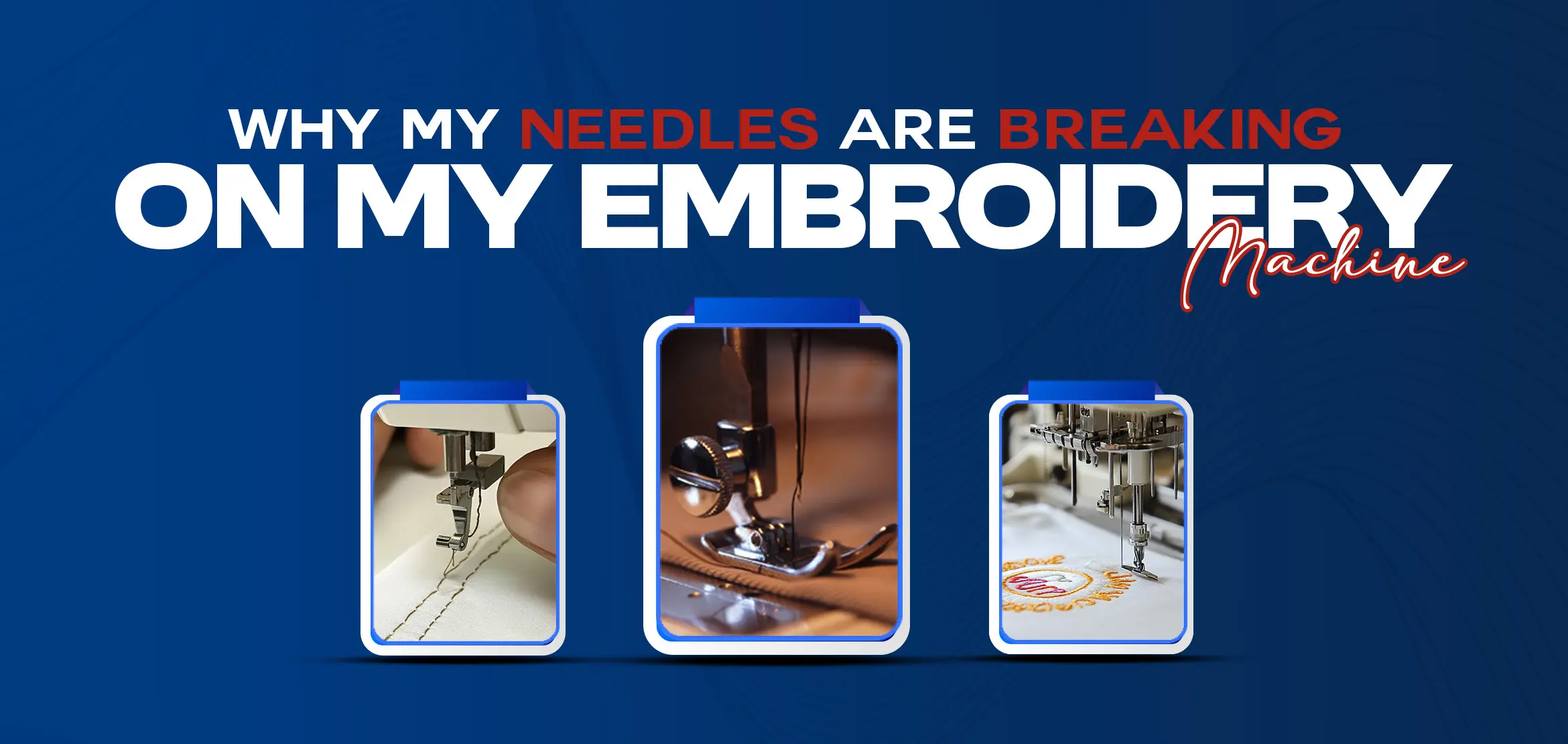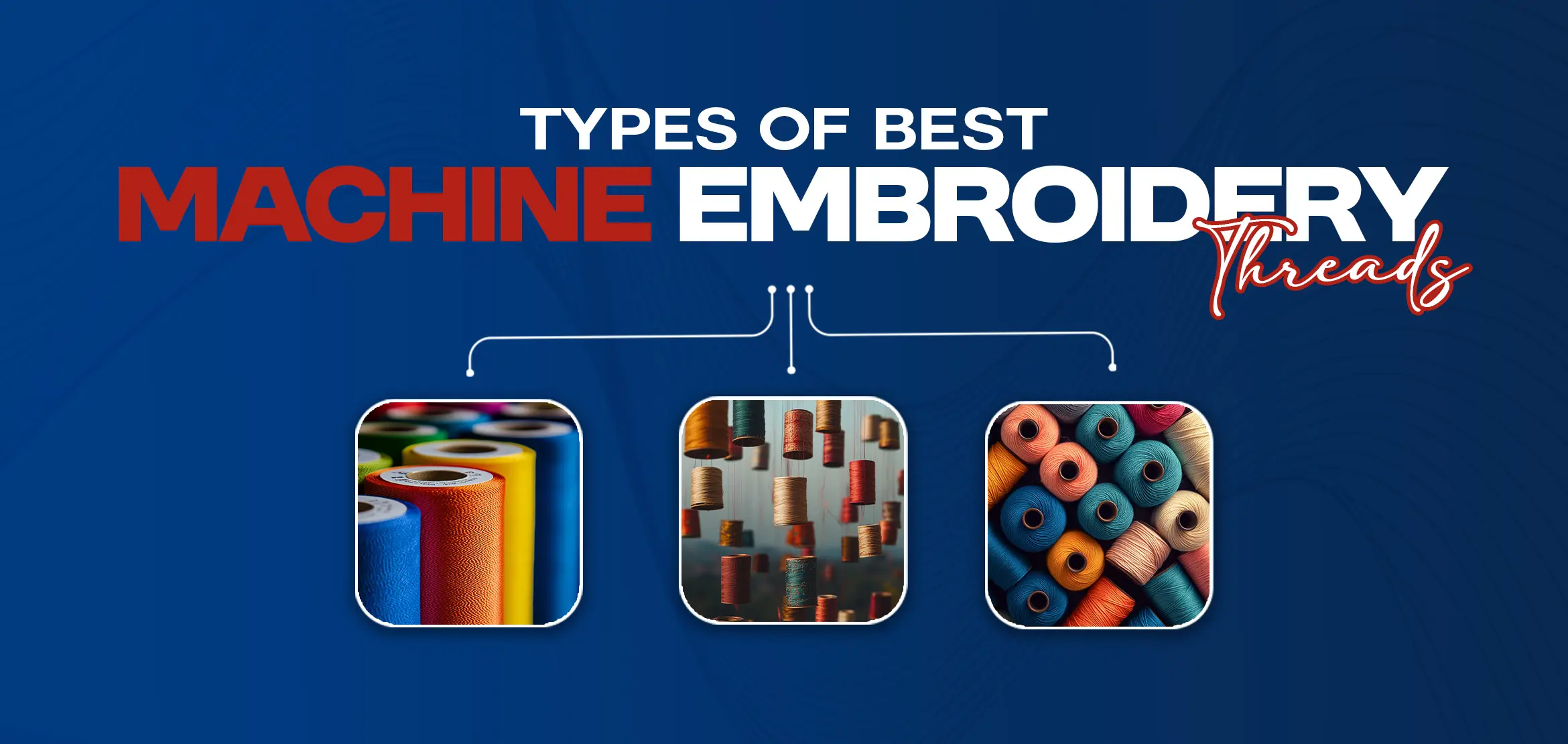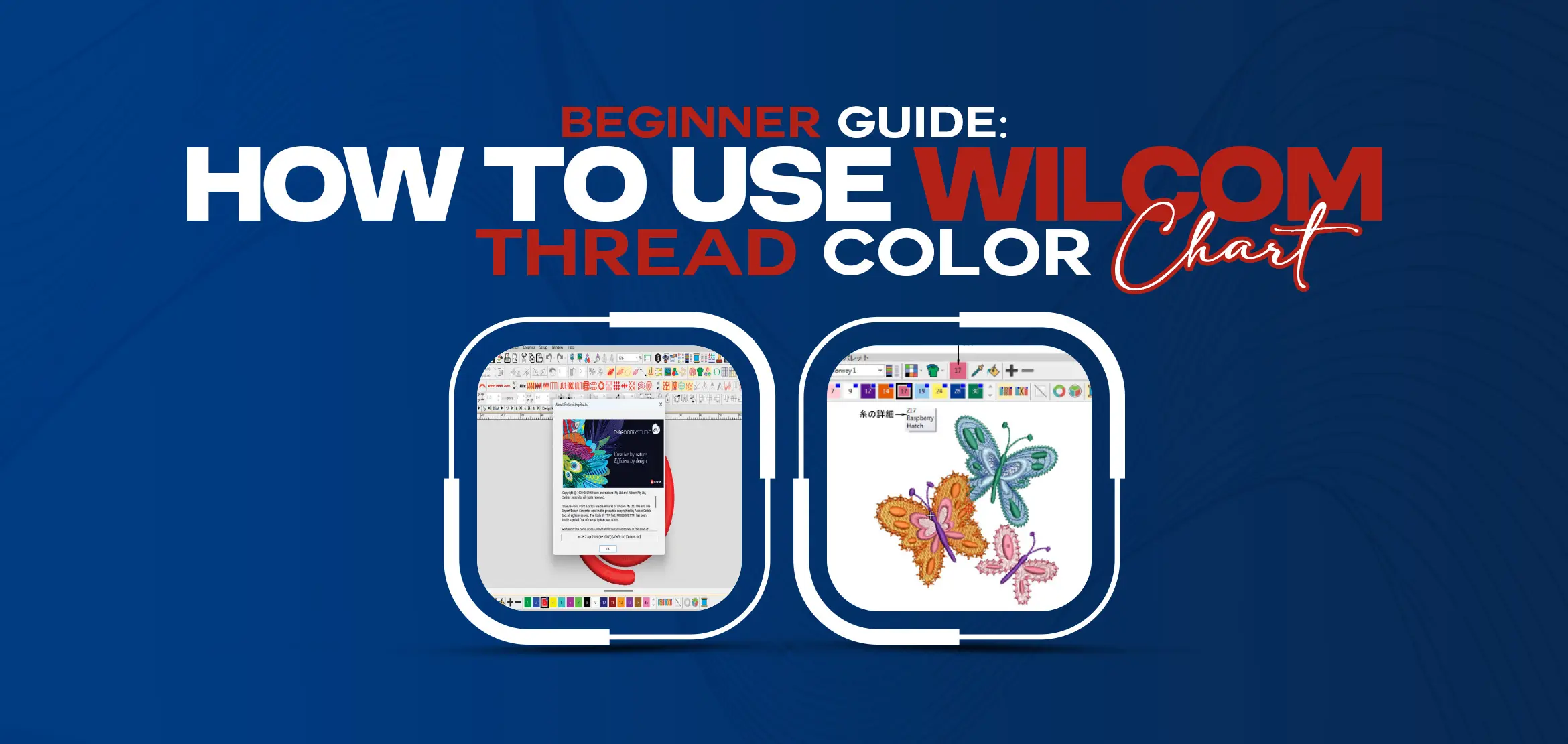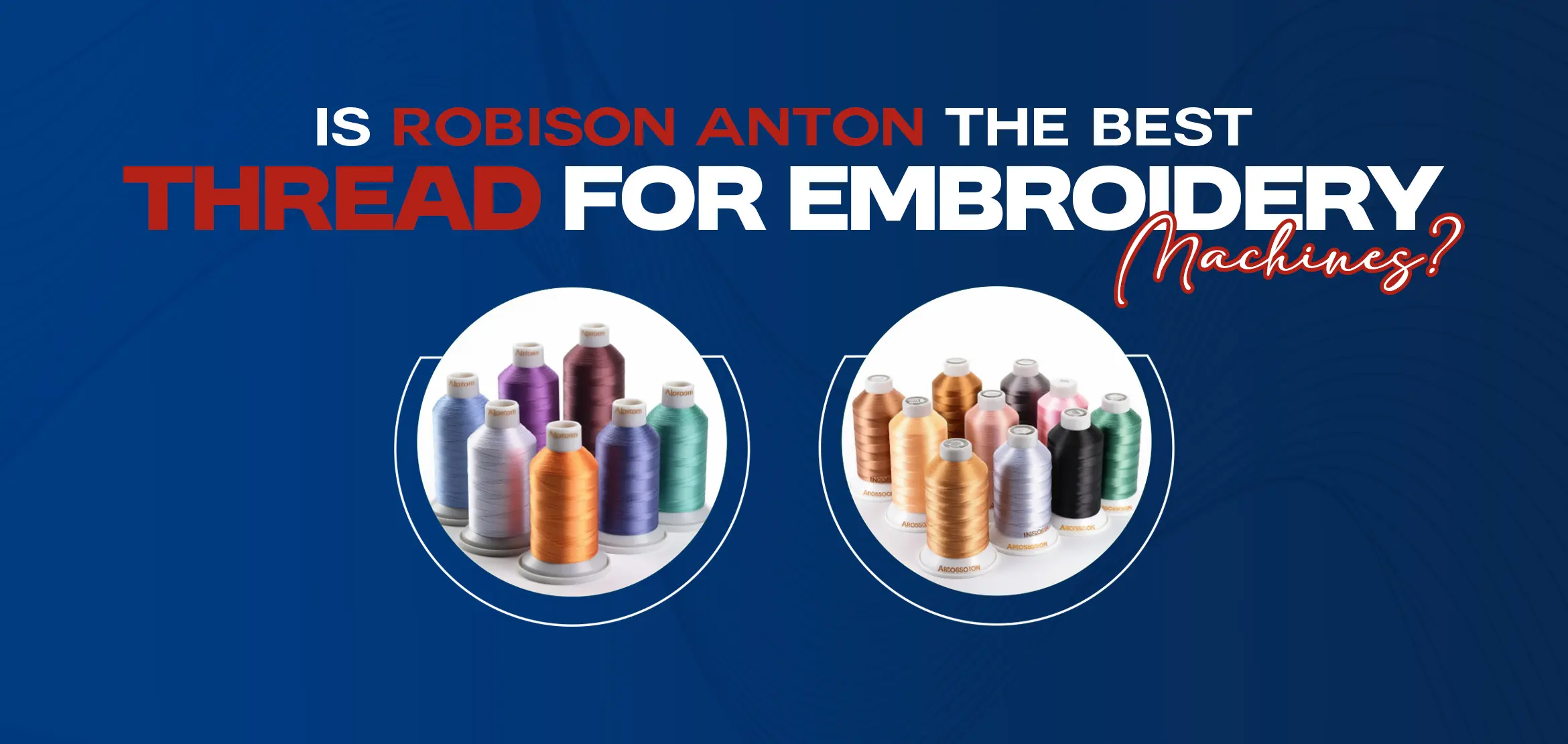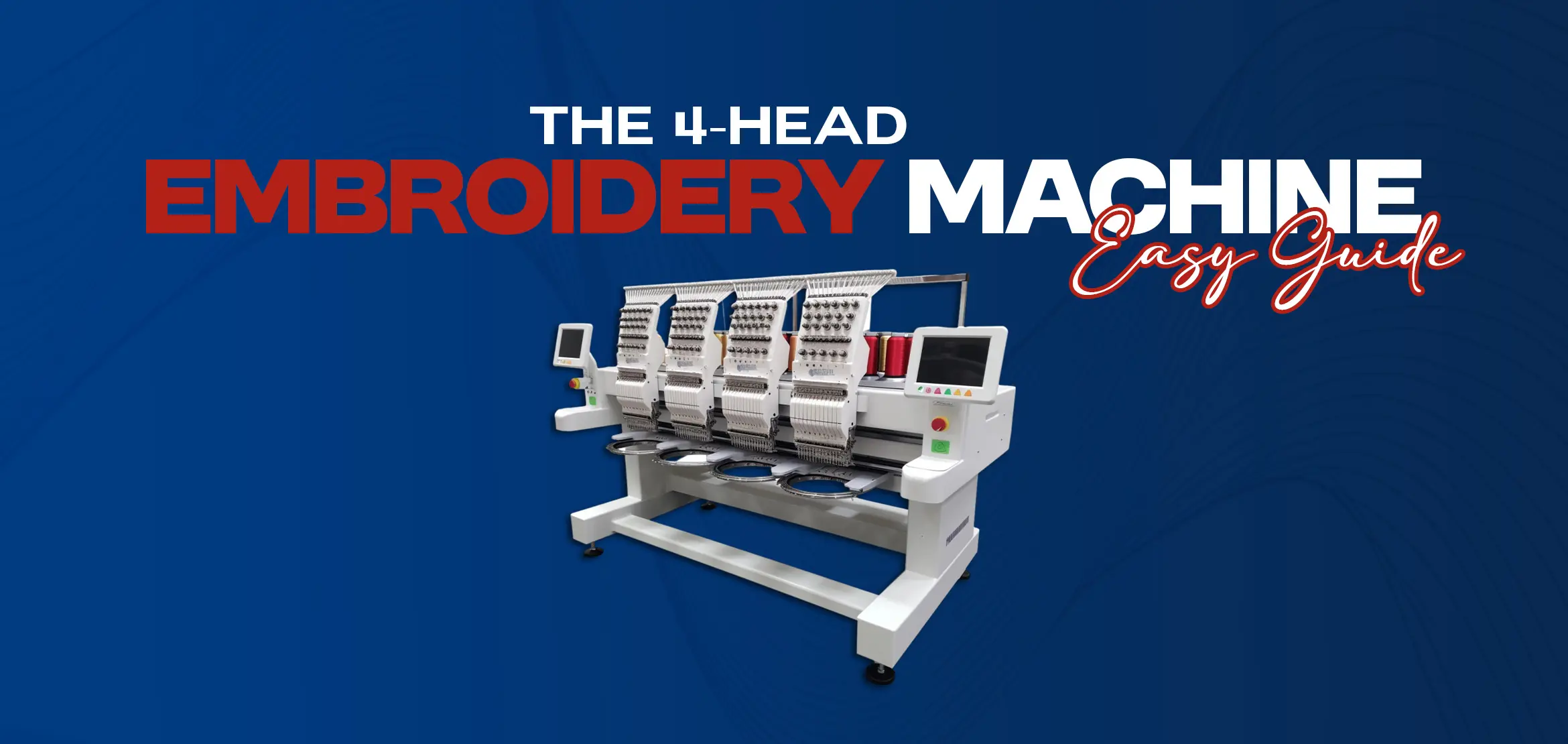
The 4-Head Embroidery Machine - Easy Guide
Table Of Content
- Benefits of a 4-Head Embroidery Machine
- Purchasing Considerations
- Features and Specifications
- Space Requirements
- Support and Warranty Information
- Setup and Installation
- Connecting to Power Source and Computer Network
- Testing the Equipment Before Use
- Operation Basics for Beginners
- 1. Familiarize Yourself with the Machine
- 2. Select the Right Materials
- 3. Prepare the Hoop
- 4. Load the Design
- 5. Thread the Machine
- 6. Start Embroidering
- 7. Finishing Touches
- Why Choose Digitizing USA Instead of Buying a 4-Head Machine?
- Conclusion
A 4-head embroidery machine is a favorite among embroidery professionals and enthusiasts because it can create detailed designs on a larger scale. This makes it ideal for commercial embroidery work. With the ability to run up to four colors at once, it saves time and reduces effort for both beginners and experts. This machine is powerful, versatile, and capable of bringing your creative ideas to life. In this easy guide, we’ll explain how it works and give you practical tips to use it effectively for beautiful embroidery results. A 4-head embroidery machine is perfect for businesses that need higher production capacity and faster turnaround times. It can handle multiple fabrics at once, allowing you to take on more orders without compromising quality. Key benefits include: Ability to embroider multiple items at the same time. Reduced production time and faster order completion. Cost-effective for businesses with large or frequent orders. Higher return on investment over time. Before buying, consider whether your production needs match what a 4-head machine can do. Also, check your workspace and budget to ensure it’s a good fit. Points to consider: Your order volume and business goals. Space available for setup. Features such as memory capacity, editing tools, and compatible stabilizers. Warranty and after-sales support from the manufacturer. A 4-head embroidery machine usually comes with: Four needles for multi-color embroidery at once. Large embroidery area for big designs. Built-in design library and editing features. USB port for design transfers. Storage for saving frequently used designs. Make sure you have enough space for the machine itself and comfortable movement around it. Important space considerations: Machine dimensions (width, depth, and head size). Room for hoop movement during embroidery. A work table for organizing threads and materials. Check if the manufacturer provides good customer service and technical support. What to look for: Clear warranty coverage on defects. Access to tutorials or manuals. Reliable customer service for troubleshooting. Technical guidance for advanced features. Setting up a 4-head embroidery machine usually involves: Choose a well-lit, spacious location with a power source. Assembling the machine per the manual. Connect it to your computer via USB. Installing embroidery software and loading designs. Steps to connect: Plug the machine directly into a power outlet (avoid extension cords). For wired connections, use an Ethernet cable to connect to your network. For wireless, select your Wi-Fi and enter the password in the machine’s settings. Before you start, always test the machine to avoid issues during production. Test by: Checking embroidery accuracy with sample designs. Trying different fabrics and stitch types. Ensuring smooth operation and correct thread tension. When starting with a 4-head embroidery machine, it's important to understand the operation basics to ensure a smooth and successful embroidery process. This guide will provide beginners with a step-by-step tutorial on how to use a 4-head embroidery machine effectively. By following these instructions, beginners will be able to navigate the features and functions of the machine. Select and prepare the right materials, and execute their embroidery projects with ease. Before you begin using the 4-head embroidery machine, take the time to read the instruction manual provided by the manufacturer. This will help you understand the various parts, buttons, and controls of the machine. Get to know the different settings and functionalities available. Choose the appropriatethreadcolors, stabilizers, and fabrics for your embroidery project. Polyester embroidery thread is commonly used for its durability and vibrant colors. Consider the design and fabric type to determine the appropriate stabilizer to use. Ensure that the fabric is clean and free from wrinkles. Attach the embroidery hoop to the machine, ensuring that it is secure. Adjust the hoop size according to the size of your design. Make sure the fabric is centered and tight within the hoop to avoid any distortion during the embroidery process. If the machine has built-in designs, select the desired design from the library. If you have your own design, transfer it to the machine using a USB port or embroidery software. Once the design is loaded, position it on the fabric within the hoop using the machine's editing functions. Thread each needle head with the chosen thread color. Follow the threading path indicated in the machine's manual, making sure the upper thread is correctly inserted and tension is set properly. Load the embroidery bobbin thread and ensure it is threaded correctly. Double-check all settings and make any necessary adjustments. Lower the presser foot to secure the fabric. Begin the embroidery process by pressing the start button. Monitor the machine as it embroiders and make sure the thread is flowing smoothly and evenly. Once the design is complete, trim any excess thread and remove the fabric from the hoop. Carefully tear away any stabilizer and give the embroidered piece a final press with a warm iron. By following these operation basics, beginners can confidently start their embroidery journey with a 4-head embroidery machine and create beautiful designs with ease and precision. Say goodbye to expensive embroidery machines and hello to Digitizing USA. You might not need to invest thousands in equipment when we can do it for you. Do you know why so many people choose us? Because we provide custom embroidery digitizing services in the USA at very low prices. We offer a wide range of embroidery digitizing services, whether you want chenille, 3D puff, applique embroidery, or more. We have everything you need to turn your designs into perfect embroidery-ready files. So don’t wait, place your order now and let us bring your ideas to life without the high costs. The 4-head embroidery machine is a powerful option for large-scale embroidery, offering efficiency, speed, and professional results. It’s ideal for businesses that want to expand production and take on bigger orders. However, if buying one is out of budget or not practical for your needs, remember you can still get the same high-quality results with Digitizing USA. We make professional embroidery digitizing affordable and accessible so you can focus on creativity while we handle the technical work.Benefits of a 4-Head Embroidery Machine
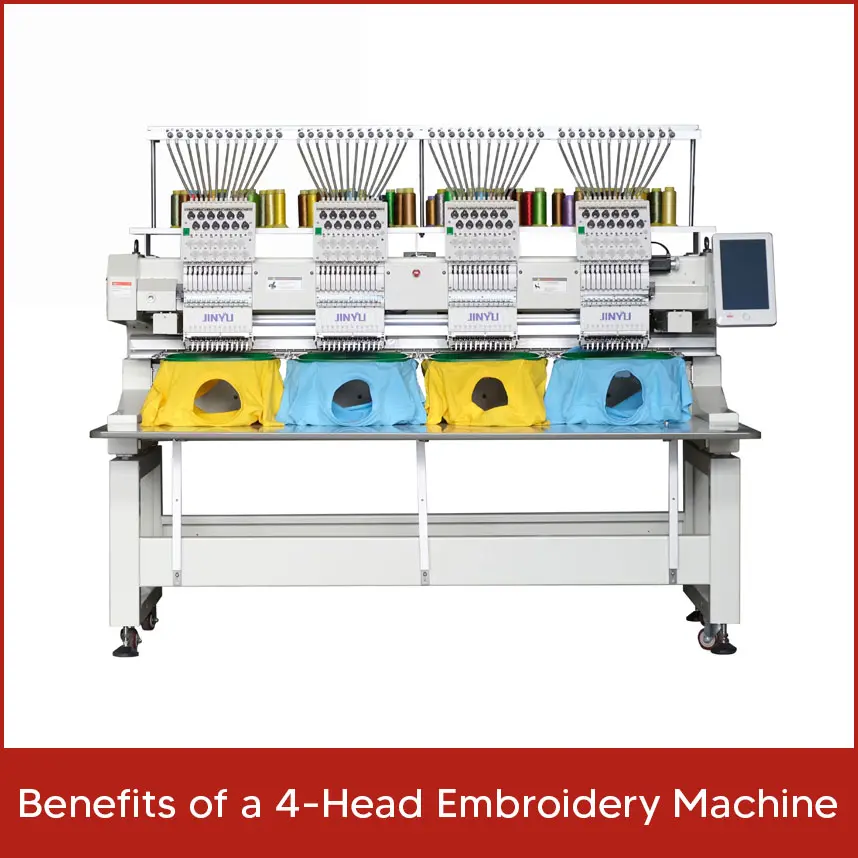
Purchasing Considerations
Features and Specifications
Space Requirements
Support and Warranty Information
Setup and Installation
Connecting to Power Source and Computer Network
Testing the Equipment Before Use
Operation Basics for Beginners
1. Familiarize Yourself with the Machine
2. Select the Right Materials

3. Prepare the Hoop
4. Load the Design
5. Thread the Machine
6. Start Embroidering

7. Finishing Touches
Why Choose Digitizing USA Instead of Buying a 4-Head Machine?
Conclusion
